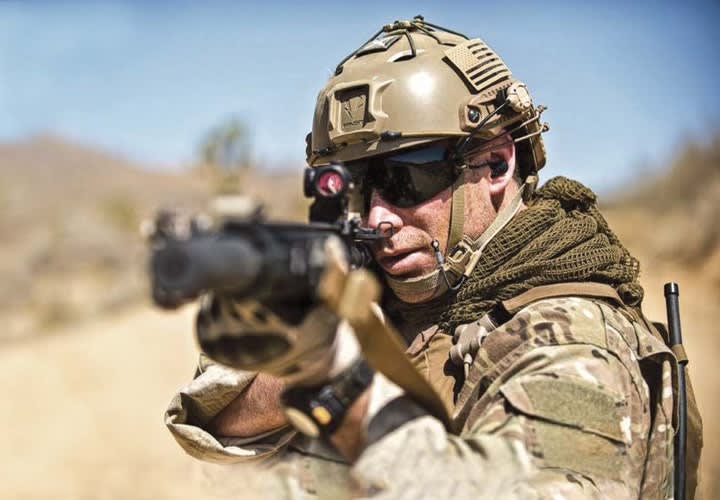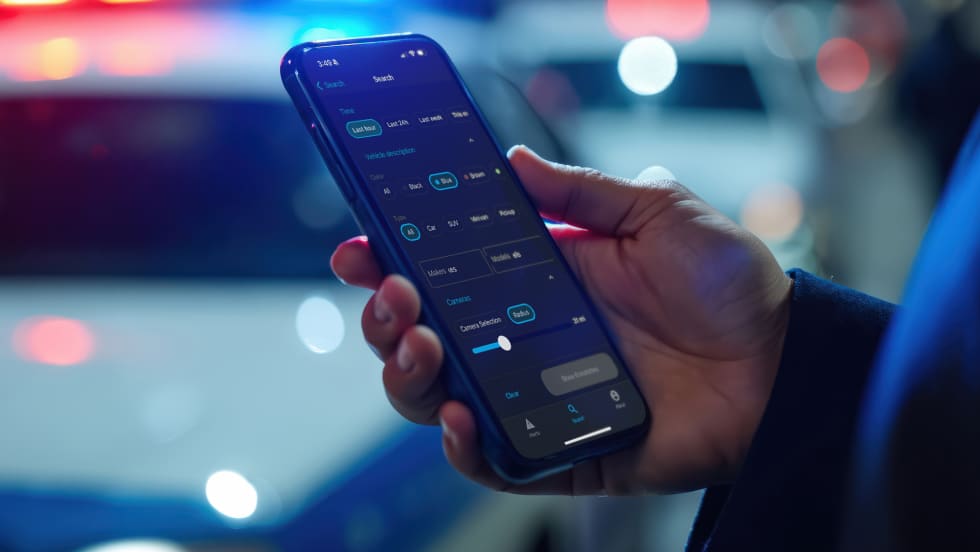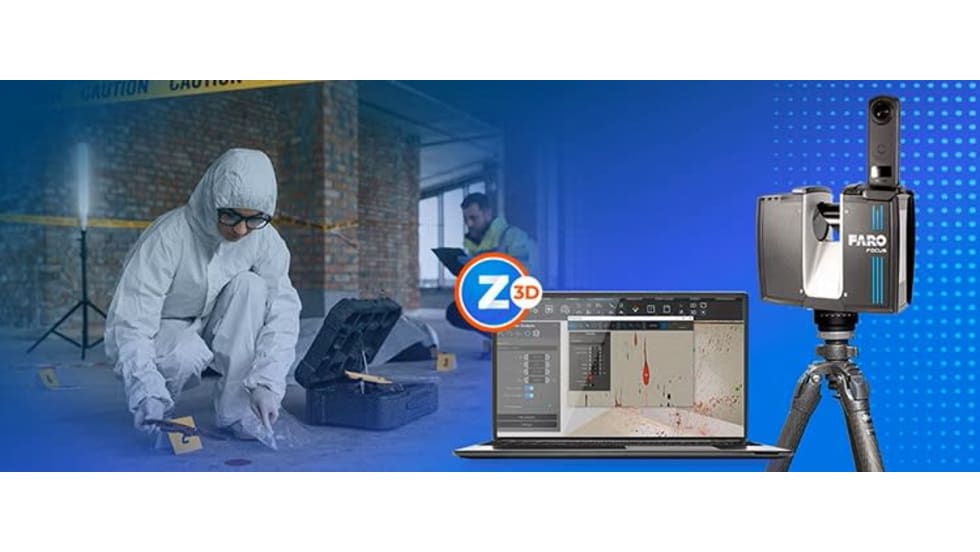Another major trend in law enforcement communications is integrated hearing protection. When most people think of hearing protection they picture large over-ear muffs being worn by an officer training on the shooting range. And while this equipment still exists, there are many more options that incorporate hearing protection and noise cancelation technology into standard communications equipment to meet officers' needs. They're certainly not limited to the range.
"I think for the patrol officer, hearing protection is becoming more of a demand," says Matt Hein, CEO of Silynx Communications, which manufactures in-ear headsets including the Clarus line. This is an overall trend in workplace safety, he says. More people are becoming aware of the dangers of hearing loss, and the fact that exposure to loud noises during shooting exercises and on duty can cause serious irreparable damage over time.
Tactical officers tend to encounter gunfire more often on calls, so more SWAT teams expect that hearing protection be a part of their communications systems. To make sure SWAT officers can hear ambient noise even with earbuds in their ears, Silynx engineers mics on the outside of all of its headsets. The user can set the volume for these external mics to his or her own preference, even down to zero. Part of what allows this type of system to work is microphone technology that produces clear communications that are loud enough to be heard over any ambient noise.
In his experience, SWAT officers' main requirements for communications gear are hearing protection with situational awareness and integration to comms devices, says Threat4's tactical solutions expert Patrick Armstrong. "We have taken this concept to the next level in our Talon headset by merging in hearing aid algorithms to not only provide situational awareness (ability to hear the environment while having ears protected), but to give that awareness direction and tuned to human vocals for speech intelligibility, as a normal unprotected ear would," Armstrong says. Threat4 calls it sound localization technology.
Following a similar idea, Motorola provides directional "hearing" in its SI-500 speaker microphone-body camera hybrid. It uses five internal mics so that the device can pick up and transmit sound coming from the officer's mouth, no matter where on the body the camera is mounted.













